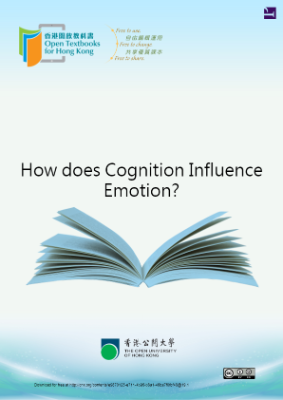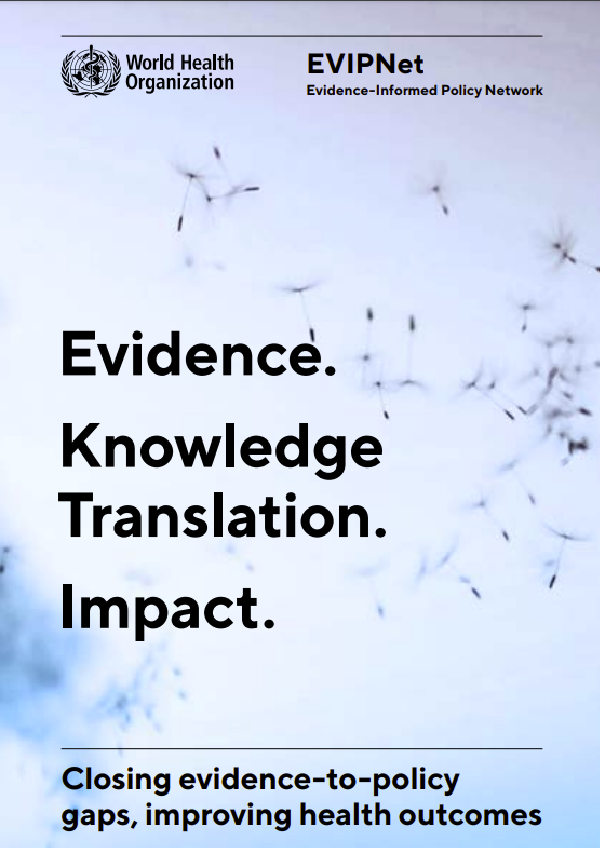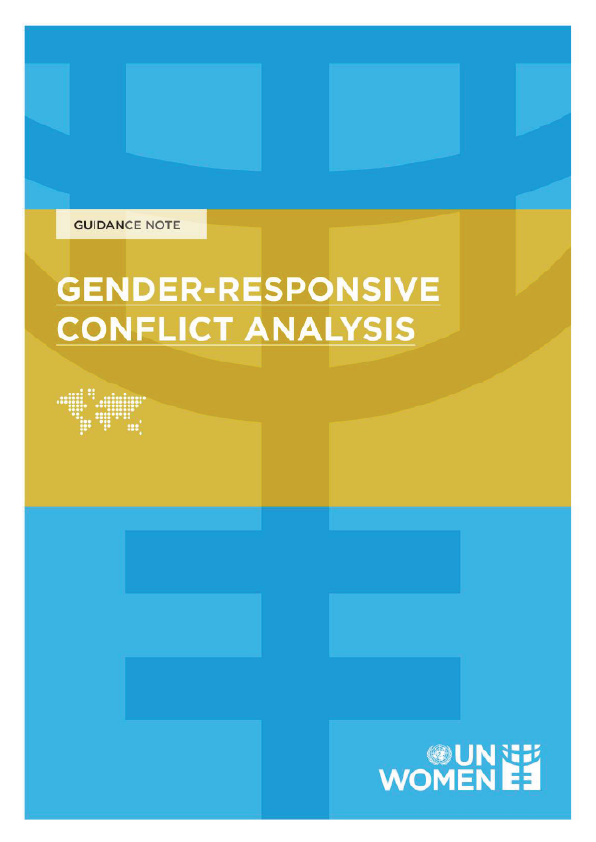Consciousness, Emotion and Cognition- How the Mind Works: An Overview from different Approaches
How does the mind think? Attention and feeling are two processes that play a role with any thought a person may have. A feeling could encourage or inhibit a thought or an attentional process (or both). There are many questions to ponder about thoughts, feelings and how they work in the mind. – For instance, how does the content of the thought influence the experience of the thought? If you think a happy thought does that always bring up a happy feeling, or does it bring up a negative one? Does it make you think faster or slower? How does it change your experience of time and emotion? Finally, if a thought is harder or easier to understand, how does that change the nature and experience of the thought (or thought process)?
Executive functioning is by definition how the mind manages its own cognitive processes. Executive functions (also known as cognitive control and supervisory attentional system) is an umbrella term for the management (regulation, control) of cognitive processes, including working memory, reasoning, task flexibility, and problem solving 2 as well as planning and execution.
Is Attention Necessary for Consciousness?
This question is related to executive functioning because you could say that a humans mind pays attention to all of its cognitive processes, and that this attention is part of the same attention capacity that a human notices it has. People can notice what they are looking at, if they are focused on their emotions or thoughts, or what they are doing and if they are paying attention to that.
The type of attention people have that they aren’t aware of is the more scientific cognitive abilities their mind has that it is doing while they are doing something they can notice themselves. For instance if your mind is inhibiting a feeling you might not notice that, or if you are pulling up information or experiences from memory you might not notice that either.
A more complex cognitive ability that uses attentional resources is thinking. You might be using words consciously or unconsciously to think about something. You might also be using experiences or memories or visions (all consciously or unconsciously) to think about something. People use a term psychologists and cognitive scientists termed ‘schema’ to help think (schema are sort of the ‘already learned’ aspect of thinking):
- In psychology and cognitive science, a schema (plural schemata or schemas) describes an organized pattern of thought or behavior that organizes categories of information and the relationships among them. 4 It can also be described as a mental structure of preconceived ideas, a framework representing some aspect of the world, or a system of organizing and perceiving new information. 5 Schemata influence attention and the absorption of new knowledge: people are more likely to notice things that fit into their schema, while re-interpreting contradictions to the schema as exceptions or distorting them to fit. Schemata have a tendency to remain unchanged, even in the face of contradictory information. Schemata can help in understanding the world and the rapidly changing environment. People can organize new perceptions into schemata quickly as most situations do not require complex thought when using schema, since automatic thought is all that is required.
- People use schemata to organize current knowledge and provide a framework for future understanding. Examples of schemata include academic rubrics, social schemas, stereotypes, social roles, scripts, worldviews, and archetypes. In Piaget’s theory of development, children construct a series of schemata to understand the world.
- Through the use of schemata, a heuristic technique to encode and retrieve memories, the majority of typical situations do not require much strenuous processing. People can quickly organize new perceptions into schemata and act without effort.
So basically people use preconceived notions of the world (termed ‘schema’) to help themselves think. It makes sense that it is easier to think if you have the experience or thought (or some of the experience or thought) already thought out.











